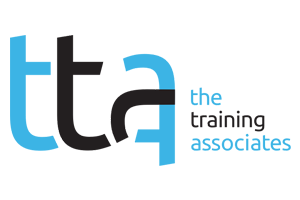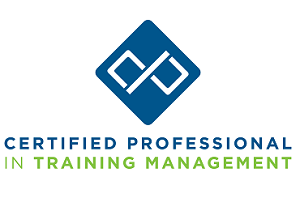Any good baker knows that a delicious cake is not about the frosting, or the scoop of ice cream served on the side. A great cake depends on a thoughtful recipe and only the best ingredients in the batter. The same is true when integrating inclusion and belonging efforts as core to company values, goals and culture. While organizations may have their head and heart in the right place, many lack an effective strategy to achieve tangible outcomes or deliver results. Now, learning and development (L&D) teams have a unique opportunity and a critical role in connecting the dots between positive intent and the behaviors leaders must demonstrate for all employees to survive and thrive in the world of work.
Since George Floyd’s murder, many new professional positions have been born with diversity, equity and inclusion (DEI) in the title. Chief diversity officers and directors of DEI have stepped into roles that are often not well integrated, with limited budgets, no direct reports and a directive to fix the company they have recently joined. Companies have created DEI committees, held DEI training and begun talking a lot more about the importance of inclusion and belonging. And now, after just a few years, some leaders are waving the DEI fatigue flag and are ready to move on to something else. These requests to change the channel cannot be ignored — they are an important signal. These requests remind us to move forward and double down on the leadership skills and traits needed to create an outstanding and inclusive employee experience.
By partnering with DEI leaders, learning and development teams can move DEI away from a bolt-on initiative and embed DEI best practices into the larger learning ecosystem to help drive the leadership behaviors that will provide a competitive cultural advantage for the organization. Here are three essential skills for learning leaders to focus on developing in 2023 that drive inclusive behaviors and elevate business performance:
1. Run Better Meetings
One study found that meetings take up an average of 18 hours in an employee’s work week. Learning moments must teach leaders and participants how to create meeting conditions so people can stop spectating and start participating openly without fear. Leaders who can stop controlling and start facilitating unlock the talents of the people sitting around the virtual meeting table.
Arming leaders with learning that helps them spot common meeting biases like groupthink and status quo bias can nurture new ideas and identify business risks in real time. The sense of inclusion and belonging gets baked right in. Learning leaders should look to inject learning into the flow of work through microlearning resources that teach these skills and reinforce them continuously. Training leaders to run more inclusive meetings leads to more innovative ideas through cognitive diversity, a non-negotiable for the decision-making process.
2. Conduct a Feedback Conversation
Following a performance review, only 14% of employees are inspired to get better at their jobs, according to a Gallup survey. That disconnect is a problem for leaders and their people that hinders trust, supports biased thinking and leads to higher diversity attrition.
Learning moments must focus on how to effectively engage in regular performance conversations, how to make feedback a two-way street and how to coach others. The learning should also address the benefits of making feedback an ongoing effort instead of yearly, to help minimize factors like recency bias from hindering a review. These efforts can support better retention of diverse talent and inspire better employee performance. These desired skills directly align with inclusion and belonging and avoid the pushback that comes with labeling all training as DEI.
3. How to Inspire Greater Employee Performance
After years of rising employee engagement, those numbers have been declining since 2020, according to a recent Gallup survey. With only 32% of people actively engaged in their work, leaders must level up their daily behaviors to help their people feel seen and heard. In a knowledge economy, it is increasingly difficult to measure productivity, making it imperative to create a sense of employee ownership to tap into everyone’s ability to contribute. Saying we want everyone to think like an entrepreneur is just a slogan unless leaders nurture and embrace bold questions and ideas from their employees.
Pushing continuous learning to leaders that teaches them how to actively listen, grant autonomy, communicate when changes occur and inspire better performance contributes to a greater sense of belonging. Upskilling leaders on these topics also boosts feelings of psychological safety with their employees and creates a culture that embraces differences and emphasizes the collective responsibility of the team to deliver results. It also taps into the discretionary effort employees exert when they feel seen and supported by their managers, especially in times of stress or disruption.
It has been nearly three decades since scholars began demonstrating the business case for diversifying the workforce to improve company performance. The benefits still exist but can only be realized when companies move past good intent and invest heavily in creating a learning orientation that helps leaders and all employees develop the skills and behaviors to bring inclusion and belonging into daily interactions, decisions and the core work of the organization.




